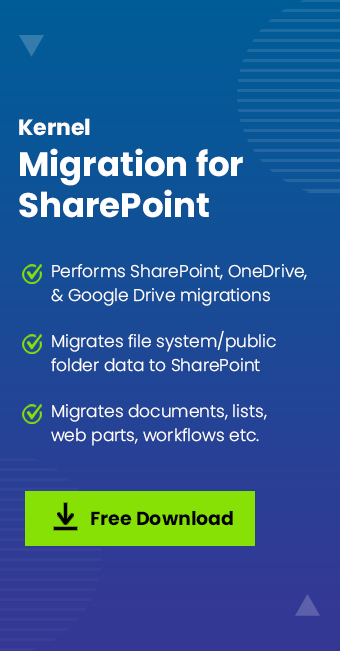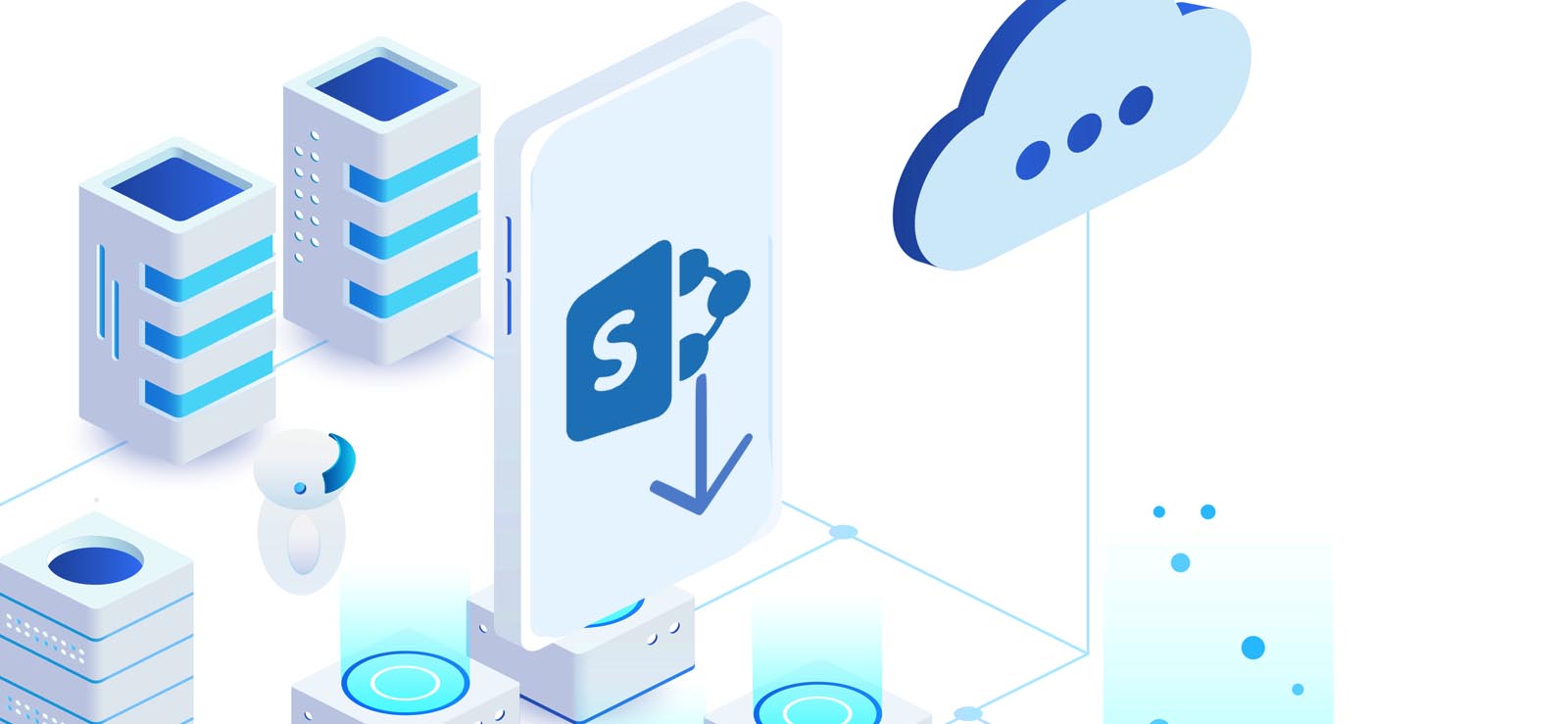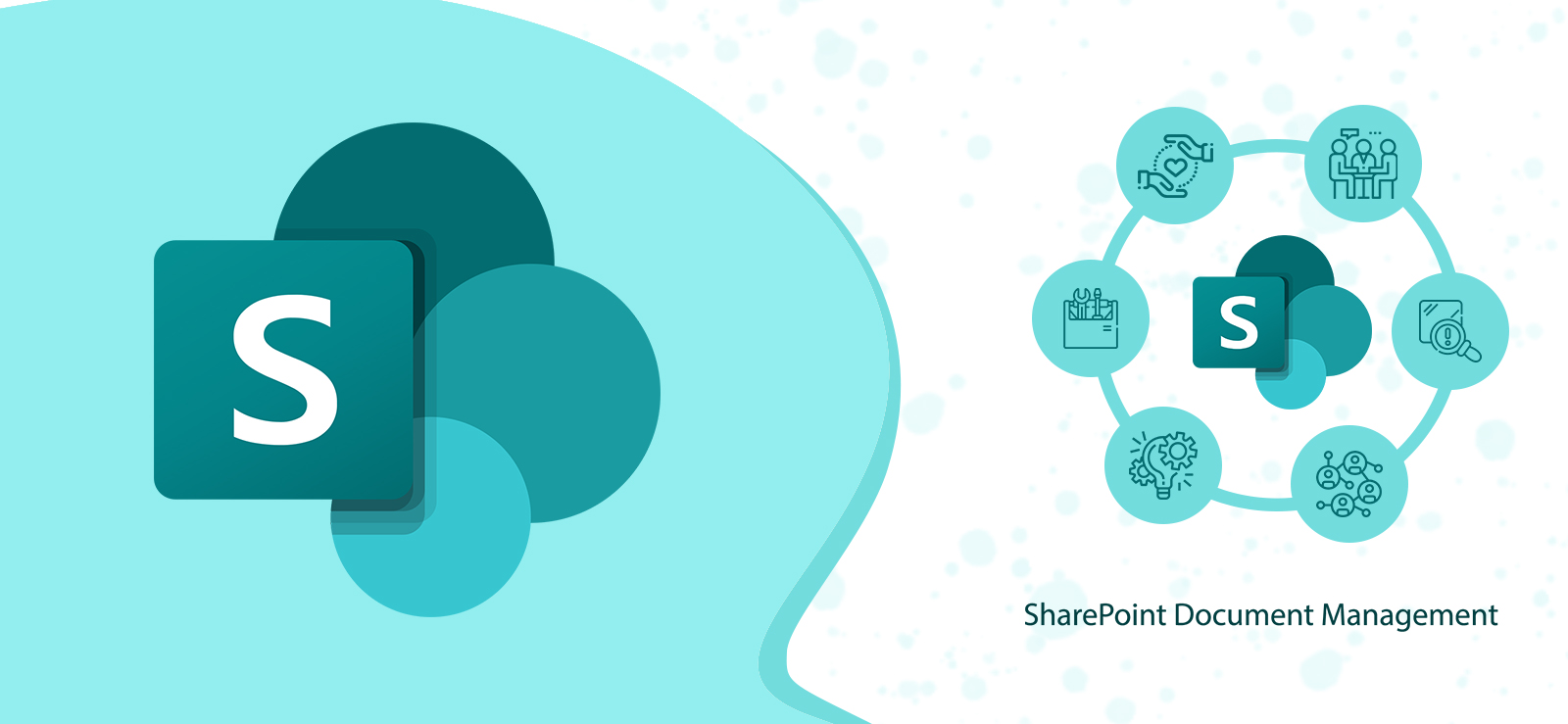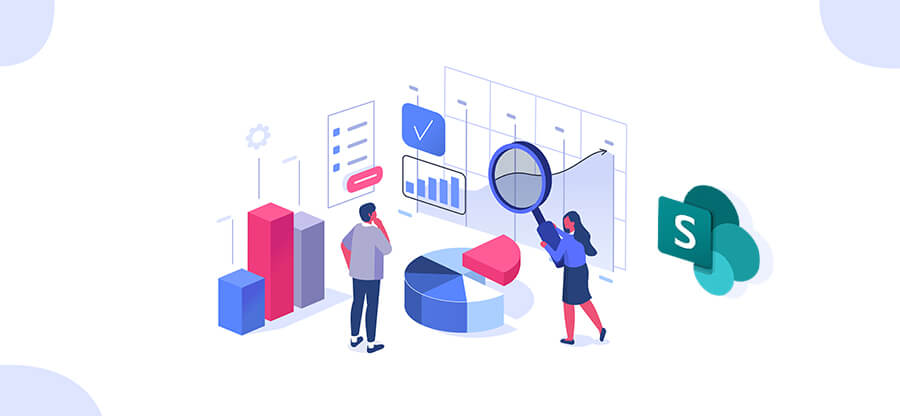Read time: 6 minutes
As technology continues to evolve, it is crucial for organizations to stay up to date to remain competitive and secure. With the end of life for SharePoint 2013, 2016, and 2019, it becomes necessary to understand the implications of this change. Microsoft has officially announced the end-of-life for these platforms, and it’s time for organizations still using them to start considering alternative options.
Before upgrading or migrating content, you need to have a clear understanding of the important dates and details surrounding the end of support for these servers. Being well-prepared for the technicalities of this change ensure a smooth transition to a new platform. We will provide all the essential information needed for making this transition.
What do you mean by ‘End-of-life’?
To clarify, ‘End of life’ does not mean the service stops working suddenly, and all your documents and other data will immediately vanish. It simply means that Microsoft no longer supports the Servers from the specified date. It will stop providing the following services:
- Technical support
- New updates
- Time zone updates
- Security solutions
- Minor bug fixes
- New features
Note: There is no extension to the announced dates, and you need to ensure you have the latest Service pack installed.
Get Kernel Migration for SharePoint tool to migrate data from SharePoint 2013, 2016 & 2019 to SharePoint Online before Microsoft ends support for these SharePoint versions.
Types of support provided by Microsoft
SharePoint 2019, 2016, and 2013 come under the Fixed Lifecycle Policy of Microsoft. It means that the products under this policy will receive a total of 10 years of support, including 5 years of mainstream support and 5 years of extended support.
| Mainstream Support | Extended Support |
It is the first phase of the product lifecycle and includes support services like:
|
This phase is after the Mainstream Support and includes support services like:
|
Important dates for SharePoint 2013, 2016 & 2019 end-of-support
Given below is a table that shows the date announced by Microsoft for end-of-life, end of mainstream support, end date of extended support, and end of all support. You can plan your migration or upgrade accordingly.
| Start date of End-of-Life | End date of Mainstream Support | End date of Extended Support | End of all Support | |
| SharePoint 2013 | 9th January 2013 | 10th April 2018 | 11th April 2023 | 11th April 2023 |
| SharePoint 2016 | 1st May 2016 | 13th July 2021 | 14th July 2026 | 14th July 2026 |
| SharePoint 2019 | 22nd October 2018 | 9th January 2024 | 14th July 2026 | 14th July 2026 |
Steps after the end-of-life of SharePoint 2013, 2016 & 2019
We know that Microsoft has finally ended all sorts of support for SharePoint 2013 and the end of mainstream support for 2016 and 2019 as well. If you don’t upgrade the version, you are opening doors to various risks that include:
- Security breaches as there’re no more security updates.
- Functionality could take a toll due to the outdated features.
- Organizations can get into financial or legal trouble.
- An unsupported platform carries a massive risk of data loss, which can cause hefty losses.
It’s high time, and you must take appropriate steps to save your data. Here are some possible migration options after the end of Extended Support.
- Migrate SP 2013 to SharePoint Server 2016 or 2019
If your organization wants to continue working on SharePoint on-premises, you can migrate to SharePoint Server 2016 or 2019. But the extended support for these two will only be available for 2 more years. The complete lifecycle of Servers 2016 and 2019 is also ending in the year 2026. And then, you will again need to plan a migration. - Migrate to SharePoint Server subscription edition
Unlike SharePoint 2013, 2016, and 2019, the SharePoint subscription edition lies under the Modern Lifecycle Policy, which keeps bringing updates and support. While there is no direct method to migrate to the subscription edition from Server 2013; migrating data first to SharePoint 2016 and then to this edition is a feasible option. Also, if Microsoft announces End-of-Life for this service, it will provide only a notice of 12 months. - Migrate to SharePoint Online
The best option is migrating to SharePoint Online, every user’s favorite cloud platform. It does not require maintenance from your end, and the data is easily accessible from any device and location. You must prepare a complete plan of SharePoint migration and execute it to deliver best results.
How to migrate data to SharePoint Online?
Migration from an on-premises to a cloud platform is an intricate procedure and it requires careful planning and execution to it turn into fruitful results. To begin with, you need to have in-depth knowledge of your data. Manually, there is a learning curve required for a user to migrate to SharePoint Online using PowerShell.Only a seasoned Administrator can perform such migration without leading to adverse effects. The software-based approach related to the SharePoint Migration tool is beneficial. Additionally, it’s beneficial to have clarity on the migration tools you will be using before planning the migration. These are some of the methods to migrate your data:
- By using SharePoint Migration Tool-
You can utilize the SharePoint Migration Tool (SPMT), a free utility to migrate to SharePoint Online from SharePoint On-Premises, including its content like sites, lists, libraries, and more. It supports migration from SharePoint Server 2010, 2013, 2016, and 2019 to SharePoint, OneDrive, and Teams. In addition, it does guarantee an error and risk-free migration. Hence, working on this can get tricky for some users.However, it doesn’t allow you to schedule migration or run customized migration of lists and libraries. You do not receive analytics or migration report once the process is complete.

- By using the Kernel Migration for SharePoint-
You can opt for a more straightforward and impactful approach which is using a professional SharePoint Migrator tool like Kernel Migration for SharePoint. It is an automated migration tool capable of migrating the entire or even selective data between any version of SharePoint. You can even run OneDrive to SharePoint, file server to OneDrive, and other migrations on this.Despite the complexity of the migration process, the tool’s interactive interface makes it easy to operate and requires no additional guidance. It also provides insights into the migration process to easily troubleshoot if any issue arises.

Conclusion
Migrating to an upgraded version of SharePoint is a smart decision, however, it’s also crucial to understand which version to move to. Taking quick action will help you move from SharePoint 2013, 2016, or 2019 to SharePoint Online (SPO) proficiently. While there are manual migration approaches available, professional software such as Kernel Migration for SharePoint is a recommended solution for a hassle-free On-premises SharePoint to SharePoint Online migration.








